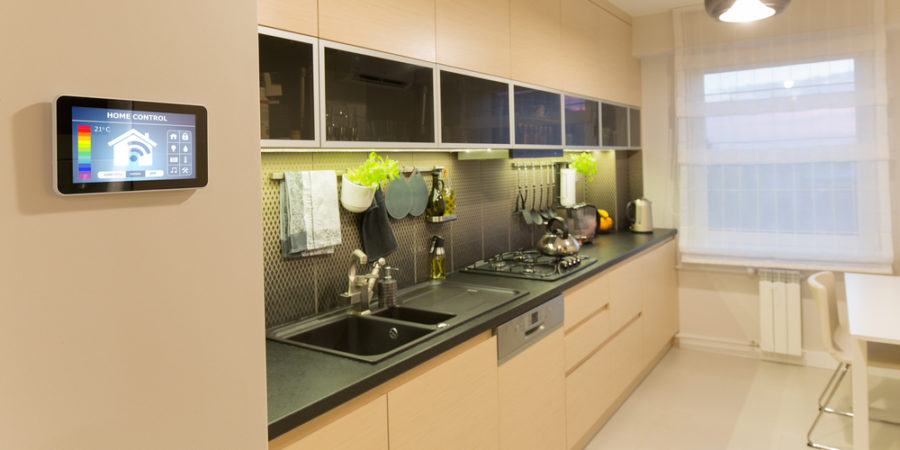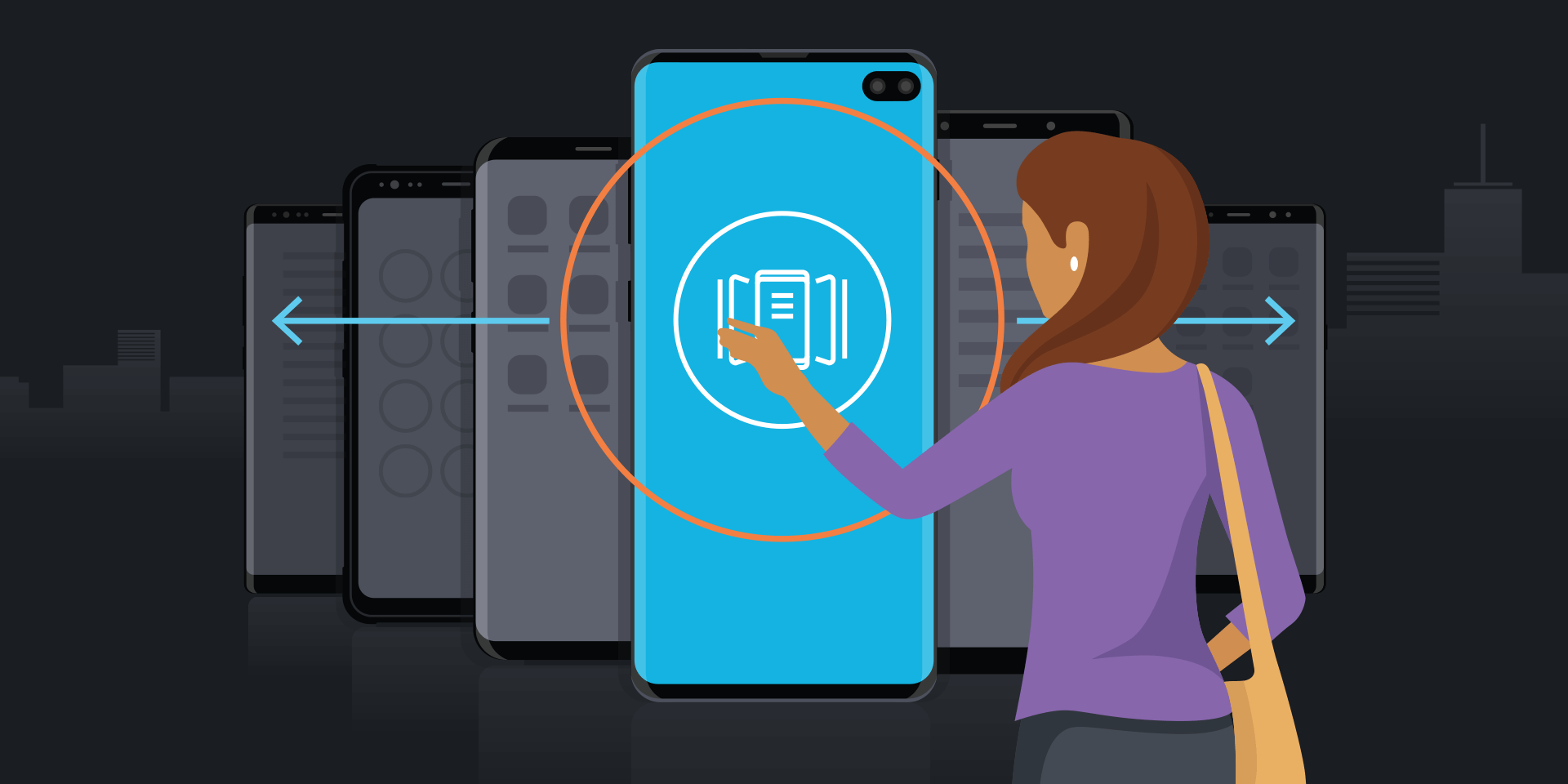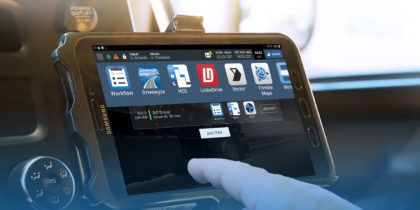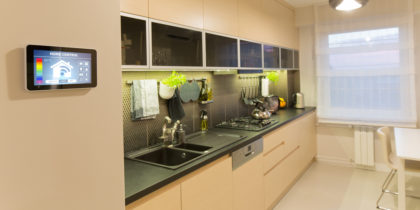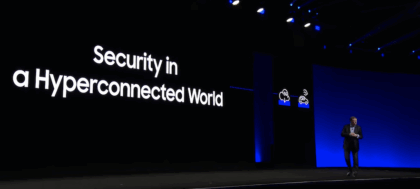Whether it’s a house, an apartment building or some other kind of property, behind every smart home is a smart customer. That customer, however, isn’t necessarily the person who owns the smart home.
As the recent Samsung Developer Conference in San Jose proved, there is a much larger, extended economy of third parties who may not be focused on enjoying the benefits of internet of things (IoT)-enabled devices themselves, but who see them as bringing great value to those they serve.
A case in point is San Jose, California-based Calix, which offers cloud-based services and software to carrier service providers (CSPs). Calix has chosen Samsung’s SmartThings to become part of its Revenue Edge offering that CSPs can offer to their subscribers.
Speaking in a breakout session at SDC, Frank Ploumen, Calix’s senior director of product line leadership, described the use of SmartThings as a way of meeting consumer expectations for better living experiences while addressing some of the operational concerns of the firm’s customers.
“Most carriers look at lighting or water sensors and what they see is more complexity and help desk calls,” he said. “Once they see they can not only offer a more cost-optimized experience but create additional revenue streams, that’s the point where they get very interested in things like home automation.”
What's the Best Phone for Your Business?
Take this quick assessment to discover the smartphone most tailored to your business needs. Download Now
Using SmartThings means that, rather than a CSP’s customer having to go to a store and buy a hub for a home automation service, a gateway connected to the cloud via Calix can deliver services through routers that are already installed.
“Once you’ve bought into the platform, there’s so much more value where you can come and pick and choose what you like,” Ploumen said.
Making on-demand rental experiences seamless
The value proposition for SmartThings is a little different at Charlotte, N.C.-based Rabbu, which automates many of the common tasks associated with managing rental properties through platforms like Airbnb.
While vacation rentals have existed for decades, on-demand accommodation services are cropping up in major urban centers, where consumers want to check in seamlessly and property owners want to provide the best possible experience. Rabbu helps with that by using SmartThings to let its customers’ customers preset the temperature before they arrive, for instance, and digitally set up access codes rather than fiddle with lockboxes.
“It’s like running a geographically distributed hotel,” said Emir Dukic, Rabbu’s cofounder and CEO. “We don’t have 200 rooms in one building, but certain homes in certain areas. You can’t have a concierge person waiting at the front desk. The only way to solve it is through smart devices.”
Rabbu opted to work with Samsung because SmartThings represents an open platform, according to Dukic.
“In hospitality, the more complexity you add, the more phone calls you’re going to get,” he said. “The hardware [from Samsung] provided the simplest solution.”
Bright ideas for the lighting industry
Besides service providers and property management organizations, the opportunity to drive better customer experiences through smart home automation has not been lost on those creating the most common physical elements in a building.
Take Acuity Brands, a lighting and building management firm located in Atlanta. According to Jeff Spencer, the firm’s vice president and general manager, taking advantage of SmartThings represents low-hanging fruit, given that lights are usually installed within every single room in a home. The technology can also help adjust LED lights that might otherwise negatively affect someone’s circadian rhythms by lowering the intensity at night, he said. Then there’s the potential to offset the commoditization of entire product categories.
“LEDs were growing in 2010, and then they matured in 2017-2018. Now we have to find more value, since everyone is making less money because the price is going down,” Spencer said, distinguishing SmartThings technology from “connected lighting” that’s controlled by Wi-Fi. “Smart lighting is connected to AI [artificial intelligence] or offered through the cloud. True smart lighting is what they can get with this platform.”
Spencer likened smart home automation to the days when power windows were first offered in cars or the shift from rotary dial telephones to smartphones. Capabilities that were once considered a novelty quickly become the expected norm and smart home automation will be no different.
“Someday I’ll be pointing [at the lights] and tell my grandkids, ‘Do you know, at one time, those things did nothing but light the room,'” he said.
Take this quick assessment to discover the best smartphone for your unique pace of work and life.
